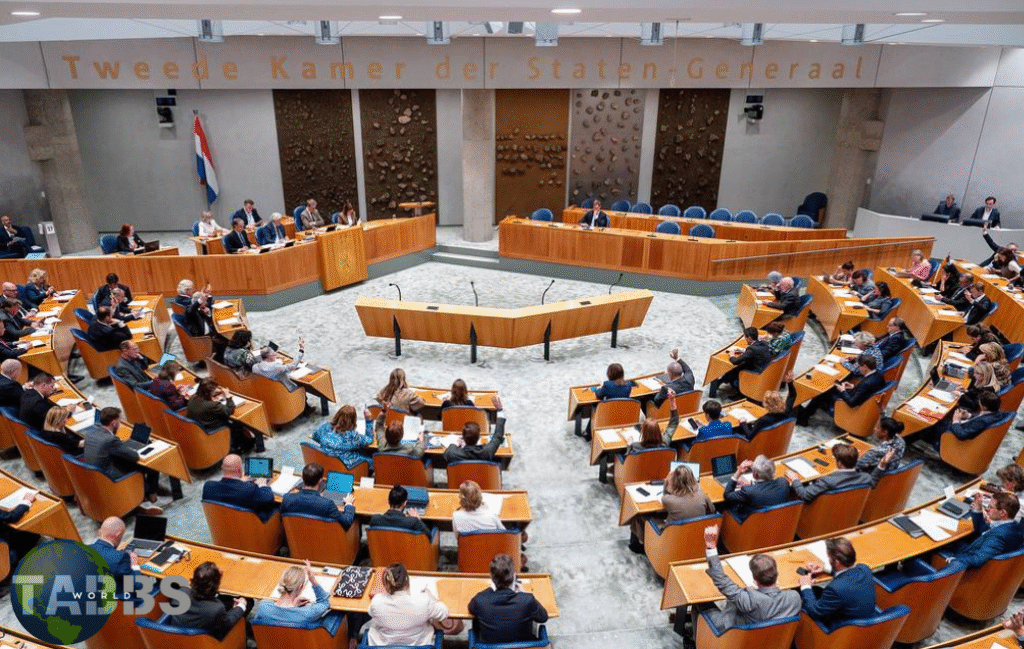The origin of Earth Day:
In 1970, Democratic U.S. Senator Gaylord Nelson of Wisconsin and Republican U.S. Representative Pat McCloskey of California joined forces to establish Earth Day, responding to the environmental challenges of their time.

Movement takes shape:
Inspired by anti-war protests, Senator Nelson conceived the Campus Teach-In to raise awareness of environmental issues. The movement gained momentum with the support of Republican Congressman Pat McCloskey and activist Dennis Hayes.
Groundbreaking effect:
Earth Day on April 22, 1970 mobilized 20 million Americans, leading to important policy changes, including the creation of the Environmental Protection Agency and landmark environmental laws.
Persistent Environmental Challenges:
Despite progress, environmental degradation remains a major concern in 2024, with climate change, plastic pollution and other threats calling for urgent action.
Focus on plastic pollution:
Earth Day 2024 highlights the critical issue of plastic pollution, with alarming statistics showing the extent of the problem and its global impact.
Important Facts About Plastic Pollution
- Plastic production: 9.1 billion tons of plastic have been produced since 1950.
- Environmental Impact: About 79% of all plastic produced still ends up in landfills or the natural environment.
- Consumer habits: Americans buy 50 billion plastic water bottles and use 5 trillion plastic bags annually.
- Ocean pollution: Every year, 14 million tons of plastic end up in the world’s oceans, causing microplastic pollution.
- Future Projections: By 2050, the weight of plastic in the oceans is predicted to exceed the weight of all fish.
- Human Health Concerns: Each American ingests an average of 70,000 microplastic particles annually through drinking water.
For immediate action:
The staggering statistics underscore the critical need for collective action to tackle plastic pollution and protect the planet for future generations.
Table of Contents
What is Earth Day and why is it celebrated?
Earth Day is an annual event celebrated worldwide on April 22nd to demonstrate support for environmental protection. It was first celebrated in 1970 and is now coordinated globally by the Earth Day Network. The day raises awareness about environmental issues and encourages actions to address them.
How did Earth Daay originate?
Earth Day was conceived by Senator Gaylord Nelson of Wisconsin and Congressman Pete McCloskey of California in 1970. Inspired by the anti-war movement and growing concern over environmental issues, they sought to mobilize public support for environmental protection through a series of teach-ins and demonstrations.
What are some of the key environmental challenges highlighted on Earth Daay 2024?
Earth Day 2024 focuses on addressing various environmental challenges, including plastic pollution, climate change, habitat destruction, species extinction, and pollution of air and water. Special attention is given to the global movement aiming to reduce plastic production by 60% by 2040.
How has Earth Daay influenced environmental policy?
The first Earth Day in 1970 led to significant policy changes, including the creation of the United States Environmental Protection Agency (EPA) and the passage of environmental laws such as the Clean Air Act, Clean Water Act, and Occupational Safety and Health Act. Earth Day continues to advocate for policy reforms to address contemporary environmental issues.
What can individuals do to participate in Earth Daay?
Individuals can participate in Earth Day by engaging in various activities such as volunteering for environmental clean-up efforts, planting trees, reducing plastic usage, supporting sustainable practices, advocating for environmental policies, and raising awareness about environmental issues in their communities.



